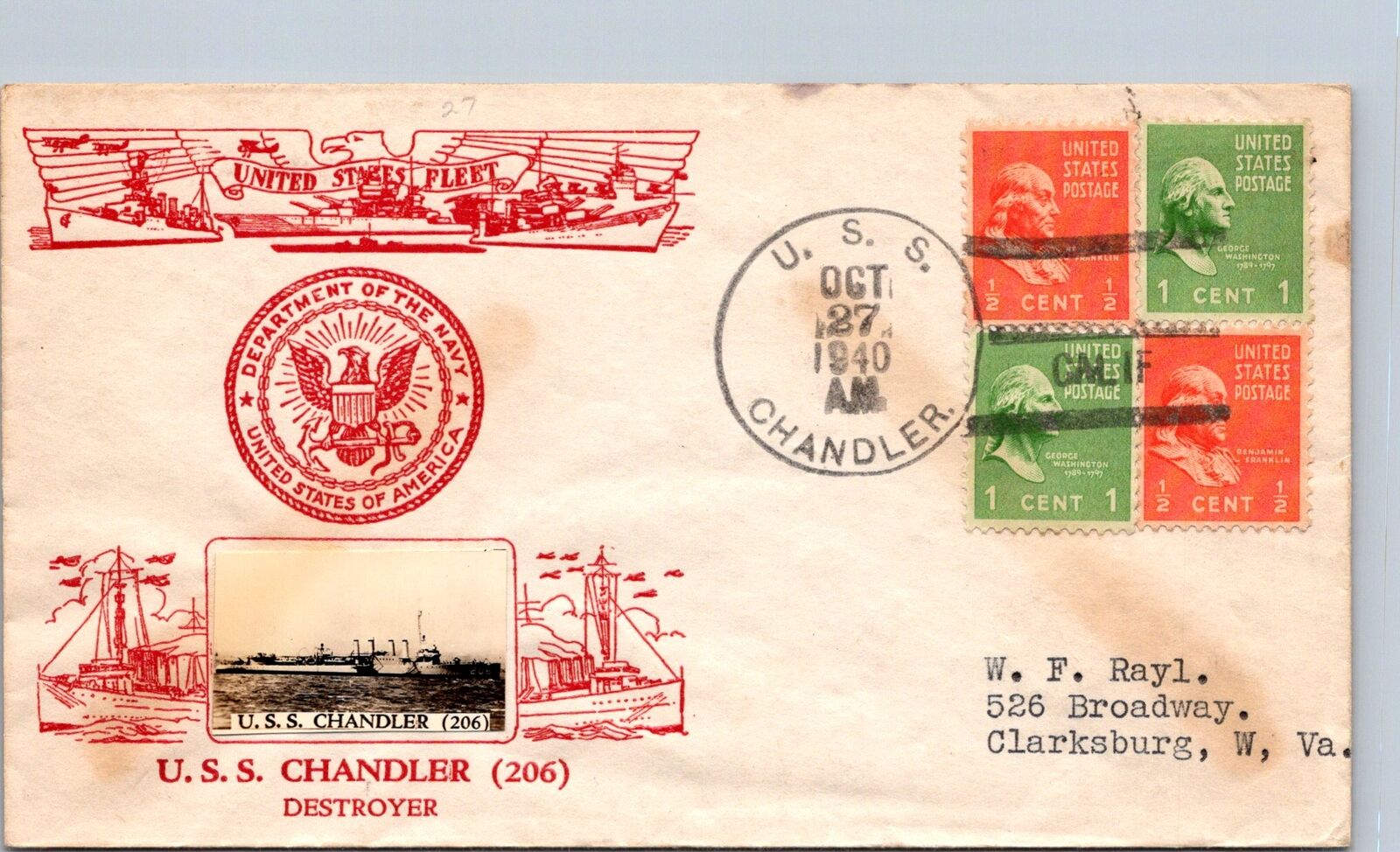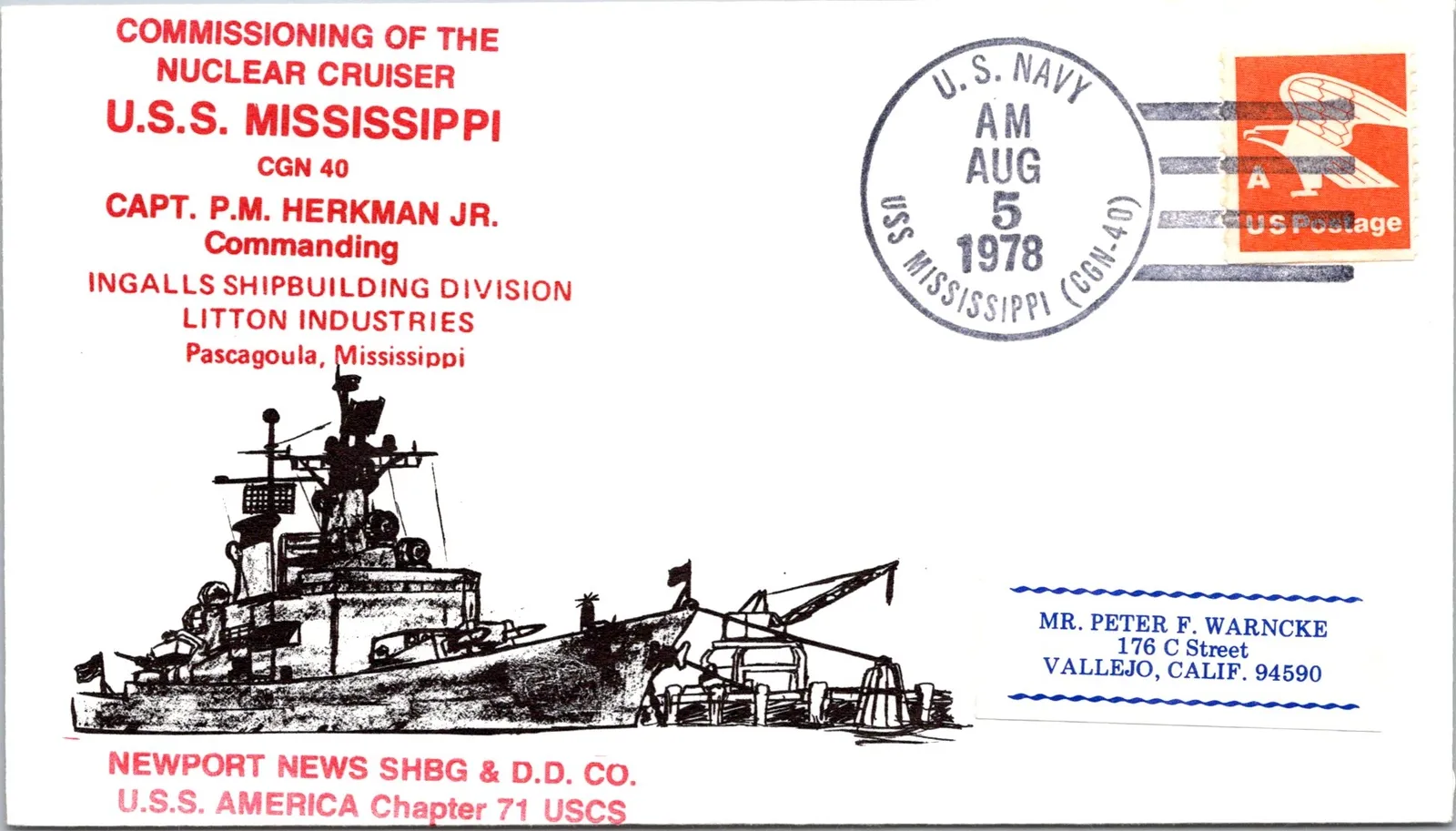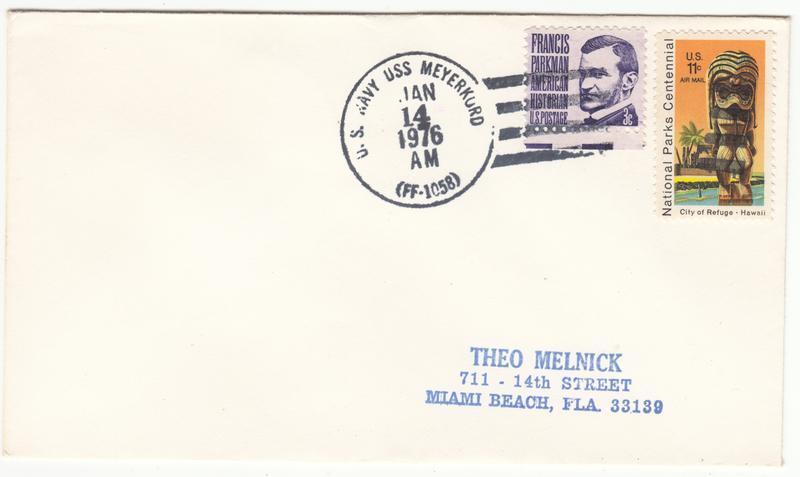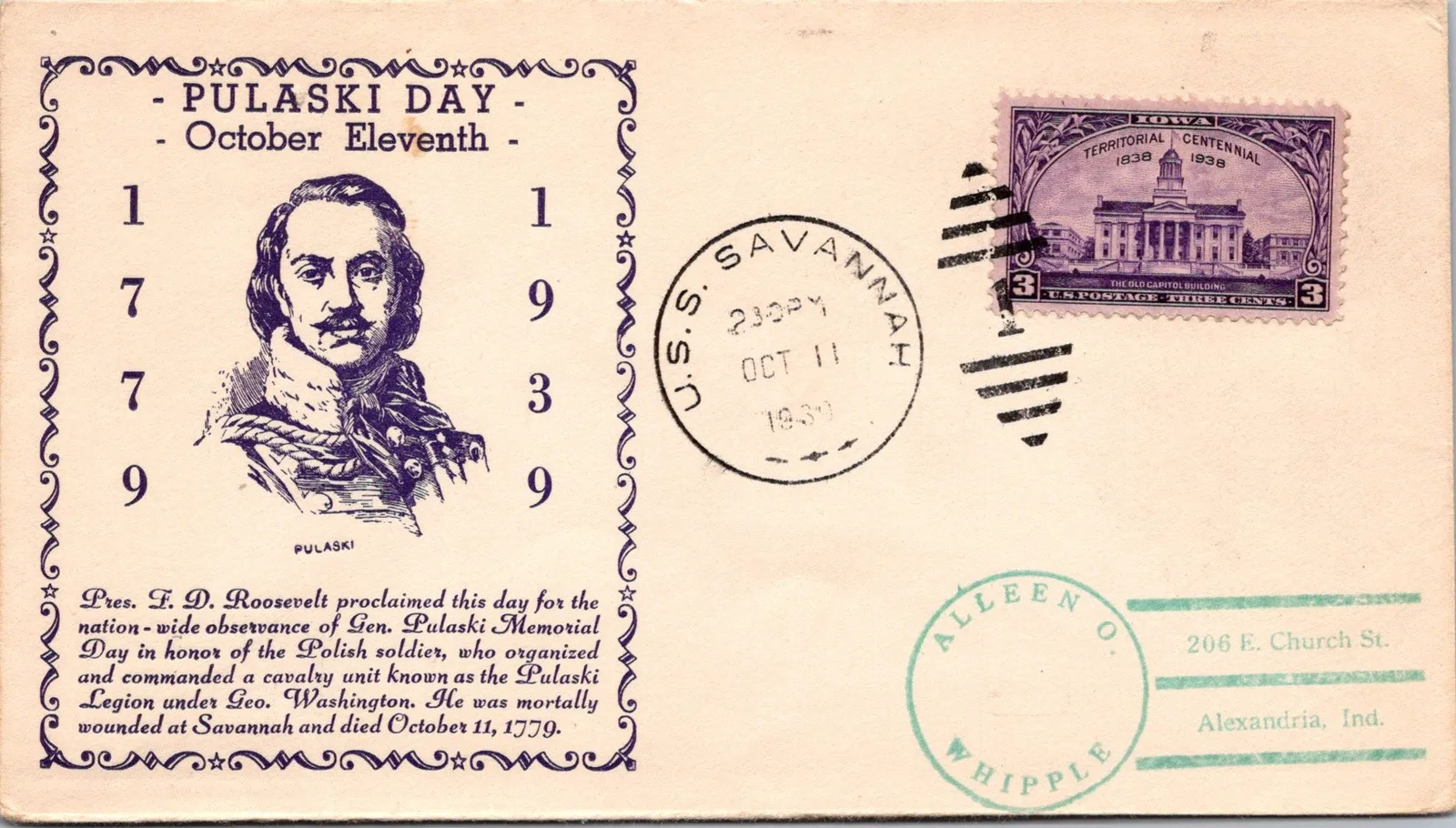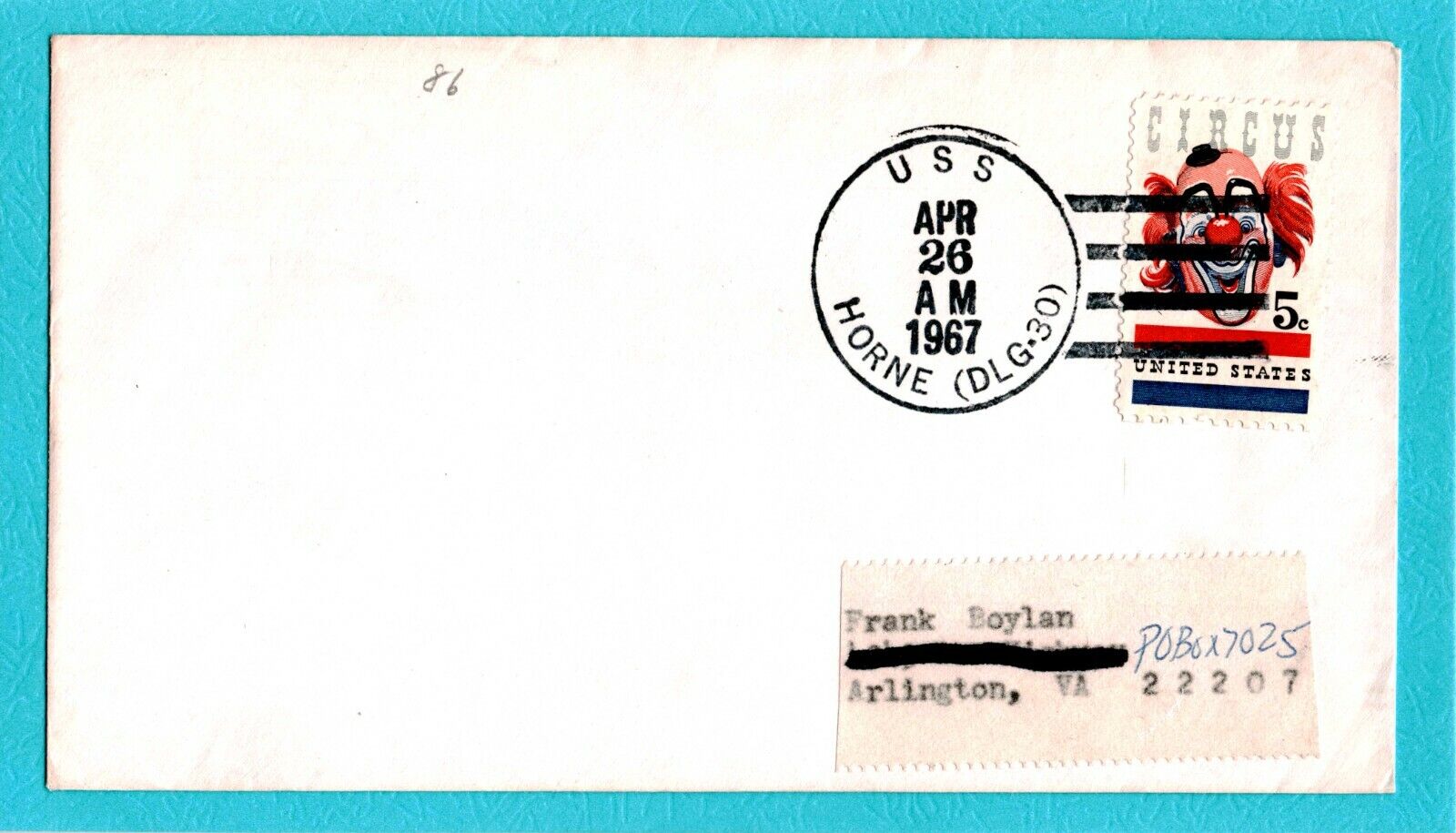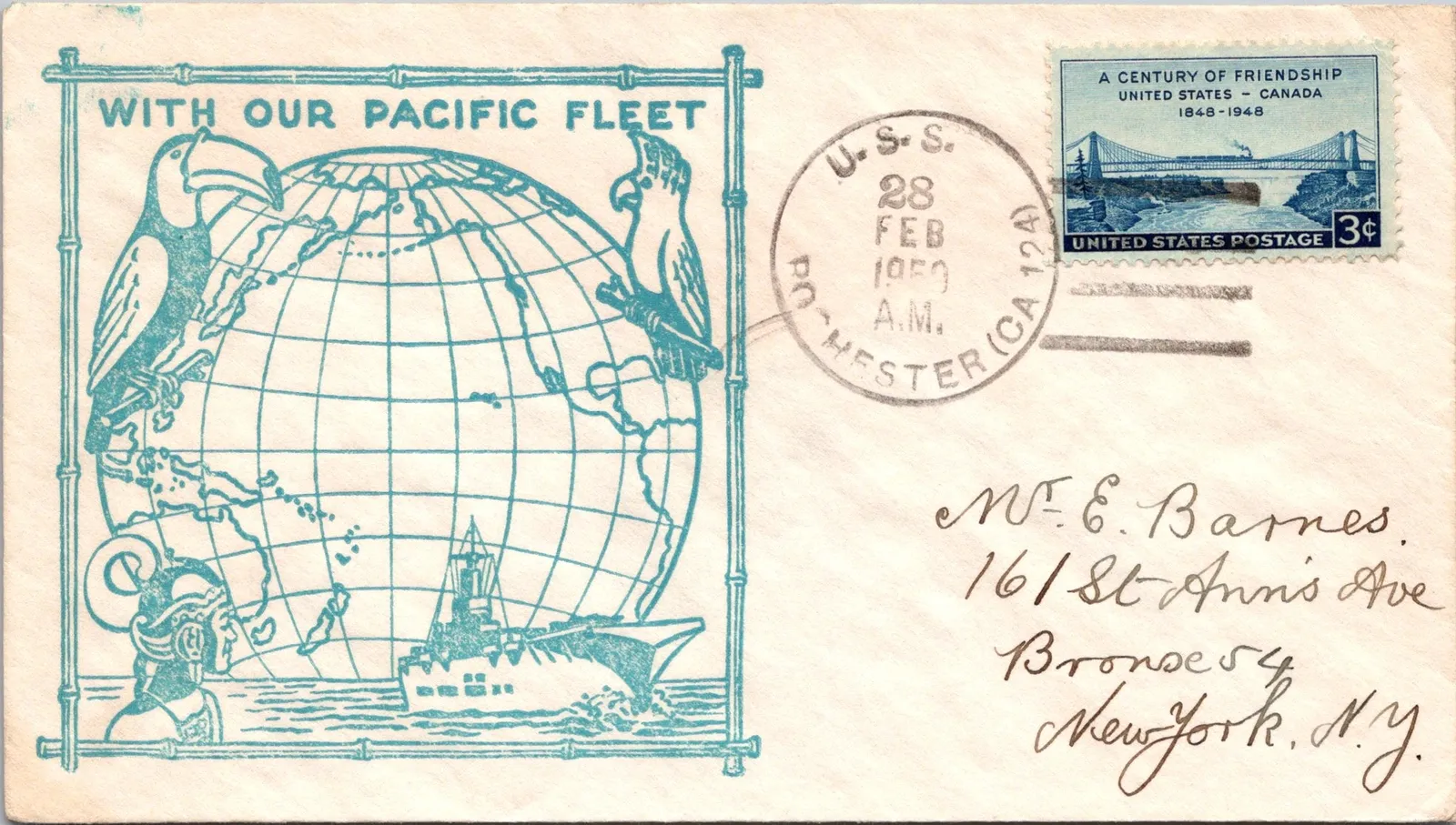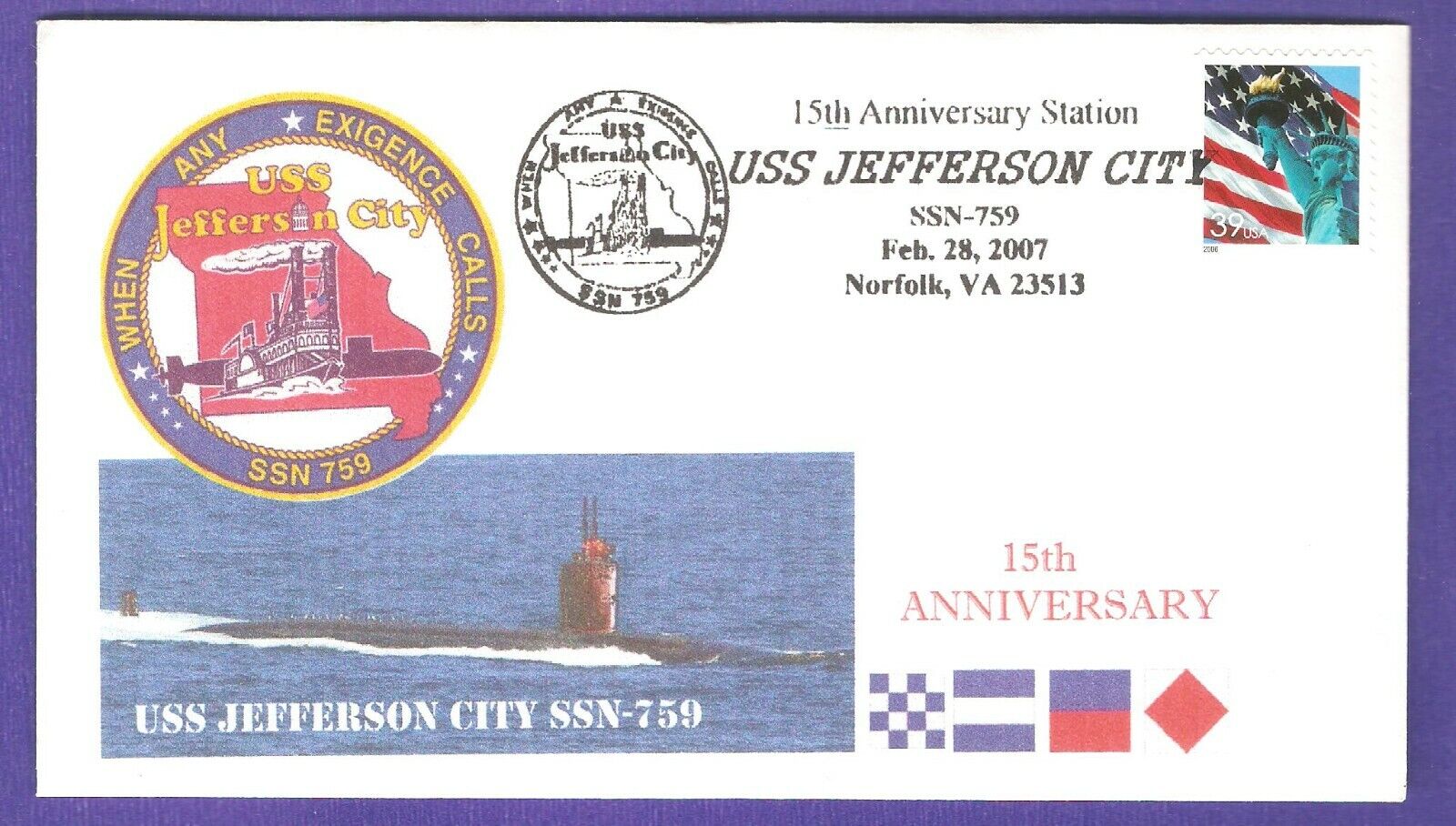-40%
GREYTCOVERS MILITARY COVER SALUTING 65TH ANNIVERSARY OF U.S. 8TH ARMY
$ 1.97
- Description
- Size Guide
Description
You are bidding on a computer designed/printed Greytcovers by W.J. Wladyka cover (design #259)(#5 of 7 ) saluting the 65th anniversary of the U.S. 8th Army. "8th Army, securing democracy in the Republic of Korea for 65 years".Eighth Army was officially activated at Memphis, Tennessee, on June 10, 1944 and soon thereafter, it deployed to the Southwest Pacific. Under the command of LTG Robert L. Eichelberger, Eighth Army methodically eliminated the last fanatical enemy resistance remaining on New Guinea and New Britain. From December 26, 1944 until August 15, 1945, Eighth Army was actively engaged in the reconquest of the Philippines – the largest joint campaign of the War in the Pacific. Collectively, the five “Victor” operations launched by Eighth Army would result in the liberation of the southern and central portions of the Philippine Archipelago – fully two-thirds of the land area of the Philippines. From February 19, to April 3, 1945, Eighth Army units (ranging from company-size teams to division-level task forces) conducted fourteen major amphibious assaults and twenty-four minor landings. During this 44-day period, Eighth Army averaged an assault landing every day and a half. Subsequently, it earned the nickname “Amphibious Eighth” – alluding to its participation in more than sixty amphibious assaults during World War II.
While combat operations were still on-going in the Philippines, Eighth Army simultaneously began preparations for Operation Downfall – the invasion of Japan. However, with the sudden surrender of the Japanese Empire on August 15, 1945, Eighth Army’s mission transitioned from one of conquest to one of occupation and it was the “Amphibious Eighth” that led the Army of Occupation into Japan. On December 31, 1945, Sixth Army was relieved of occupation duties and Eighth Army assumed an expanded role in the occupation, which encompassed the formidable tasks of disarmament, demilitarization, and democratization. These missions were flawlessly executed at the operational level by Eighth Army and it was the military occupation of Japan that ensured the economic recovery and political democratization of that island nation. With the outbreak of hostilities in Korea on June 25, 1950, Eighth Army would face another major challenge.
Due to the tactical situation that existed during the first six weeks of the Korean War, Republic of Korea and US ground forces were compelled to conduct an economy of force mission. Inherently risky and difficult to execute under the best of circumstances, a series of delays and withdrawals defined the ROK-US effort in the early stages of the Korean War. Running out of space to trade for time, Lieutenant General Walton H. Walker (Commanding General, Eighth Army) ordered his command to withdraw behind the Naktong River and establish a defensive posture oriented on terrain retention. On August 1, 1950, a defensive perimeter (labeled by journalists as the “Pusan Perimeter”) was organized. The successful defense of the Pusan Perimeter represented a defining moment in the Korean War; it set the stage for the UN Offensive.
The breakout from the Pusan Perimeter, in concert with the amphibious assault at Inchon on September 15, 1950, resulted in the collapse of the entire North Korean People’s Army. For all practical purposes, the NKPA had been defeated and any hope of continuing the war with North Korean forces alone was a concept wholly without merit. By October 1, 1950, Eighth Army reached the 38th parallel and on October 9, it began its main advance across this border – spearheaded by the 1st Cavalry Division and the 1st ROK Division. On October 19, these two divisions captured the North Korean capital of Pyongyang and on November 24, 1950, Eighth Army began its so-called “end-of-the-war offensive.” Final victory seemed imminent, but the situation would change with devastating suddenness.
On November 25, the full-scale intervention of the Chinese People’s Volunteer Army changed the entire complexity of the war and forced Eighth Army and X Corps (which were operating independently of each other at that time) to transition to the defense. With the advantage of surprise and numerical superiority, the CPVA launched multiple synchronized attacks that ultimately expelled friendly forces from North Korea and on January 4, 1951, Seoul would change hands for the third time within a six-month period. Before it could organize an effective line of defense, Eighth Army had withdrawn a total of 275 miles (which qualifies as the longest retreat in US military history). Subsequently, the “myth of the millions of Chinese in Korea” was widely circulated among the rank and file and rumors of vacating the peninsula were rampant.
By mid-January 1951, Eighth Army (now under the command of Lieutenant General Matthew B. Ridgway) launched a series of highly successful limited objective attacks. With emphasis on lateral security, these operations were “force oriented” as opposed to “terrain oriented.” Any ground that was taken was incidental to closing with and destroying the enemy. On March 15, 1951, Seoul was recaptured for the fourth and last time during the course of the war. By the end of the month, Eighth Army reached the 38th parallel and three weeks later, established strong defensive positions twenty miles beyond (in most sectors of the main line of resistance). By the spring of 1951, both opposing forces had concluded that the issue of achieving a decisive military victory was no longer a viable option as neither side wanted to expand the scope and scale of the conflict.
However, the Chinese Communists were determined to launch one last major effort to capture Seoul. Once this was achieved, they would advocate a cease-fire. With the capital of South Korea in their hands, the Communists would be in an enviable position to negotiate an armistice favorable to their own terms. The Fifth Phase Chinese Offensive (April 22 - July 8, 1951) qualified as the largest ground action of the Korean War. During this two-phased campaign, the Chinese People’s Volunteer Army failed miserably to achieve its primary objective and sustained catastrophic losses in the process. By the summer of 1951, the situation on the ground had developed into a holding action. Thus, it seemed mutually advantageous for the belligerents to initiate negotiations and to transfer a stalemated military situation to the conference table.
The history of the Korean War truce talks began on July 10, 1951 and after two years of intricate, verbose and exasperating dialogue, an armistice was finally consummated on July 27, 1953 – formally suspending full-scale hostilities on the peninsula. As the post-Armistice period began, Eighth Army assisted the Republic of Korea in relief and rehabilitation efforts and it continues to play a significant role in the common defense of South Korea. Today, there is no evidence to suggest that North Korea has abandoned its option of unifying the peninsula by force of arms.
To enhance and sustain mission accomplishment, the force structure of Eighth Army has transformed multiple times since its establishment. During World War II, it fought in the Pacific Theater of Operations as a field army. In the immediate post-World War II era, Eighth Army served in Japan as an Army of Occupation. During the Korea War, Eighth army served as both a field army and theater army and throughout the preponderance of the Cold War, it remained primarily a theater army. On November 20, 1954, it was merged with US Army Forces Far East (AFFE) as the major Army command in the region. On July 1, 1957, AFFE was discontinued and United States Forces Korea was officially activated; thus, Eighth Army was consolidated with USFK and the United Nations Command with headquarters in Seoul. This tri-command headquarters was commanded by General George H. Decker.
On November 7, 1978, General John W. Vessey, Jr. assumed command of the newly established ROK-US Combined Forces Command, while serving concurrently as the Commander of UNC and USFK and as the Commanding General, Eighth Army. On 1 December 1992, Eighth Army reverted to a three-star command billet and was separated from UNC/USFK/CFC. On March 13, 1998, Eighth Army was designated as the Army Service Component Command for USFK. This status was discontinued on January 23, 2012 when Eighth Army was redesignated as an operational-level Field Army Headquarters. Eighth Army relocated its headquarters from Yongsan to Camp Humphreys in the summer of 2017.
The cover is cancelled with a well-struck pictorial postmark on 10 June 2009 at APO 96205 Army Post Office and is franked with a 44c Flag stamp.
I accept PAYPAL.
Please check my other listings on eBay. Discount on multiple winning bidders, up to 4 covers for 75c S/H. If you are the winning bidder on 2 or more of my covers please send me a request for an invoice before you send payment, so I can figure out the discount S/H cost and save you money.
Thank you for your time and interest.
Good Luck!

